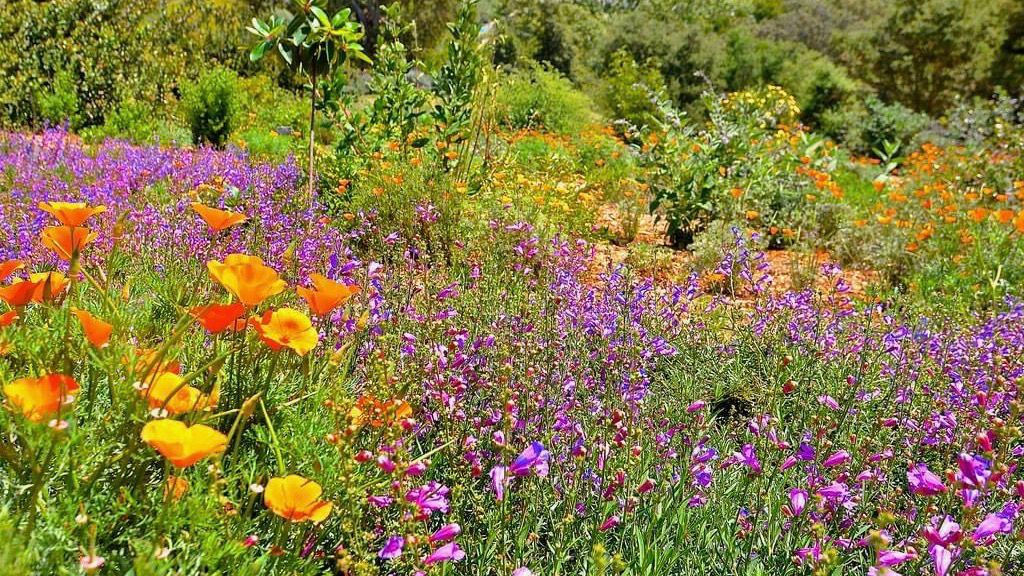ORANGE COUNTY, Calif. — Steady rain has soaked Orange County fields and hillsides, rejuvenated the desiccated vegetation and provided some hope that maybe a springtime super bloom is on the way.
Monty McDivitt, president of the Niguel Botanical Preserve, said it’s unlikely.
“In order to have a super bloom, you need to have frequent but not hard rain over months,” he said.
Some of the recent rains have surpassed an inch, with several back-to-back nights of precipitation. McDivitt said ideal conditions require rainfall about every 7 to 10 days from November through April. And those rainfalls need to be about half an inch, or three quarters of an inch at a time. Otherwise the California dirt won’t absorb it.
“That’s why super bloom years are so rare,” he said.
The Mojave Desert super bloom has appeared just twice since the new millennium, in 2005 and 2016. The most recent bloom drew thousands and has become a hot destination for influencers and other social media enthusiasts in search of likes and comments.
Super blooms appear all over the state, and while the California poppy is the image most associated with the natural event, other flowers make appearances. The yellow mustard plant, an invasive species, can appear in force. But that plant presents maintenance issues. Once it dies, it provides fuel for wildfires and must be cleared. The third flower McDivitt pointed to is the purple lupine, which grows scattered throughout the sea of yellow poppies.
While the rain may not herald the return of one of California’s great natural wonders, it has played a crucial role in cleaning preserves like the one McDivitt helps protect. Gardens like Niguel Botanical Preserve use city sources of water, which can eventually create a mineral buildup among plant roots significant enough to kill off the protected vegetation. Rainwater clears away those excess minerals.
And while there may not be a natural super bloom this spring, the Niguel Botanical Preserve always has its share of California poppies, carefully monitored and irrigated.
“People can always see these plants here,” he said.









